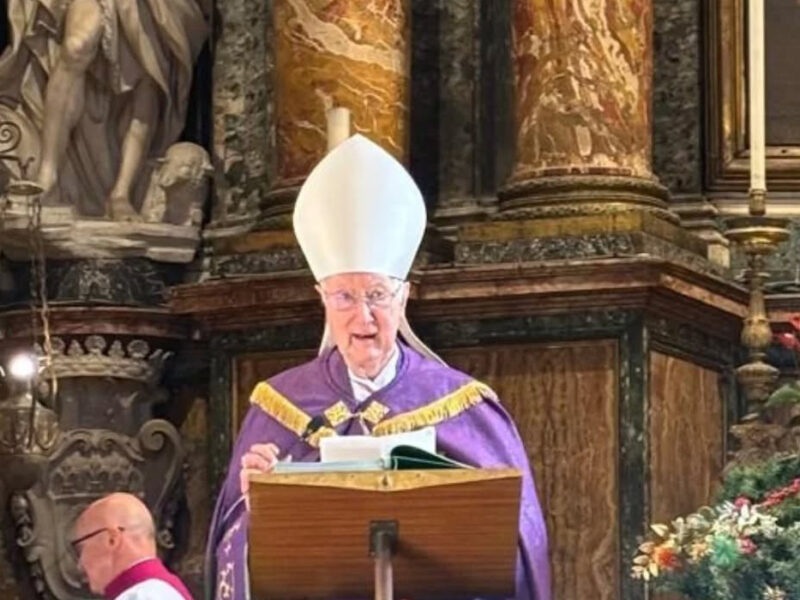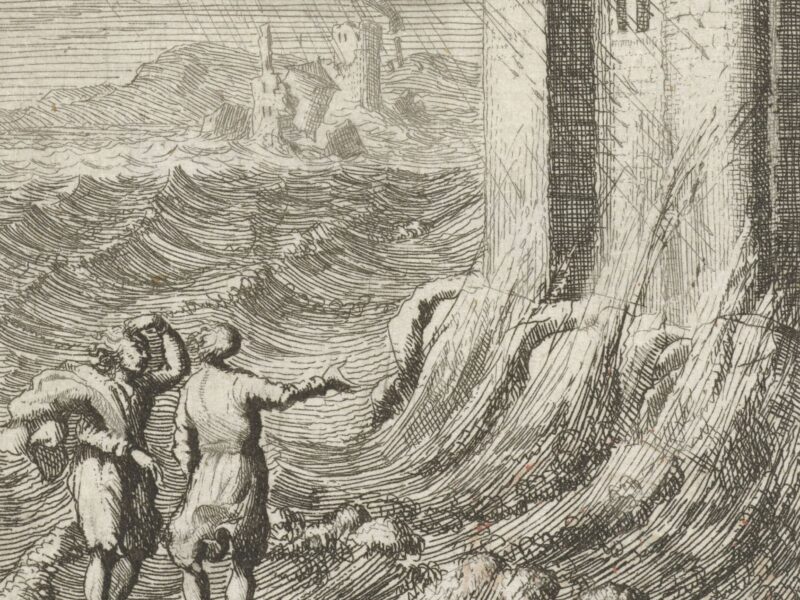
Undressed in humility, clothed in beauty
Queen Esther, in the face of mortal danger, when all hope seems lost, gives voice to an intimate and profound prayer. What happened in her and what can we learn from her experience?

Reading: Esther 4:17
The following homily was preached to the student brothers at compline. You can listen here or read below:
“As for ourselves, save us by your hand, and come to my help, for I am alone and have no one but you, Lord.” These words summarise in short all the impetus and inner disposition of Esther in addressing her God: in this heartfelt prayer of which we have heard a part, in the face of this grave situation with which the people of Israel have been struck, threatened with extermination because of an unjust edict. Esther says “I am alone and have no helper but you”, but is this really true? Esther is Queen Esther, surrounded by splendour, by people, by handmaidens, by everything and anyone she could possibly need in the palace. Of everything one could wish for. How can she say she is alone? We can identify the reasons, and indeed the substance, of this prayer, as is often the case, from what we do not see, from what precedes the text and from what follows it. When Mordecai points out to Esther the grave danger to their people, a decisive moment, and a choice, present themselves to Esther: to avoid intervening, to consider all this impossible, for fear of the king’s possible retaliation in the face of such intrusiveness—and so Esther seems to do at first; or to act, at the risk of her own life.
Esther realises that all the outward beauties, the apparent tranquillity of life, are therefore nothing if they are gained at the price of forgetting God, and at the price of forgetting His people, the people of promise, if fear for a king is put before love for the King. That is why Esther is alone, despite her position, she is now in a critical situation and she turns to God because only God is enough, only he can stand by her and give her “courage”, he who is “King of gods and master of all power”.
This prayer of Esther’s, therefore, in this Lenten period, can remind us of this fundamental attitude of the heart, which is found both in prayer and in what accompanies it, and can also show us its results. A little earlier, in a part that we could not hear, she realises that she must explicitly ask forgiveness for the sins of the people, in order to be reunited with the true king, she takes off her splendid robes and her regal ornaments, and puts on garments of distress and mourning. Now, aware of her powerlessness, despite her humanly royal status, recognising that nothing is worth anything if it distances her from God, she can give voice to her prayer. In this she is no longer alone, the whole of Israel, together with Mordecai, fasts and prays, just as the Church is with us in our personal struggles. God thus gives her the strength to intervene with the king, offering herself at the risk of death, to “redeem” and save her people. Although the situation seems desperate, she is finally heard and also the human king listens to her.
God does not intervene directly, but he intervenes in her. He does not intervene immediately, but at the right moment. On the third day, in fact, and only on the third day, she puts on her royal robes. After recognising her real condition and undressing in humility, she is clothed with the virtues, and can then put on those royal robes, which now have a new meaning. Just as it happens to the soul that is clothed with the wedding garment of faith, hope and charity. She is spared for her beauty, a beauty, however, not simply equivalent to that which that human king already knew, but a beauty transfigured through the redundancy of the spiritual beauty due to union with the heavenly King. In this sense, her beauty has the power to save the world. Then Esther finally participates in the banquet, a banquet that turns out to be the moment of truth, where every lie is exposed, where the unjust condemns himself, and the truth, coming to light, shines in such a way as to be manifest even to the king.
This Lent, we too can take as an example Esther’s moment of humility and acknowledgement of her true condition and sins, which shows us how, ultimately, without union with God, without union with the “people”, the Church, we are indeed “alone”, and shows us how sincere prayer then springs from this. All this clothes us with virtue and enables us to participate in the banquet, the banquet of beauty and truth with the true King, the paschal banquet of Eucharist.
The image is Filipinno Lippi’s ‘Esther chosen by Ahasuerus‘


